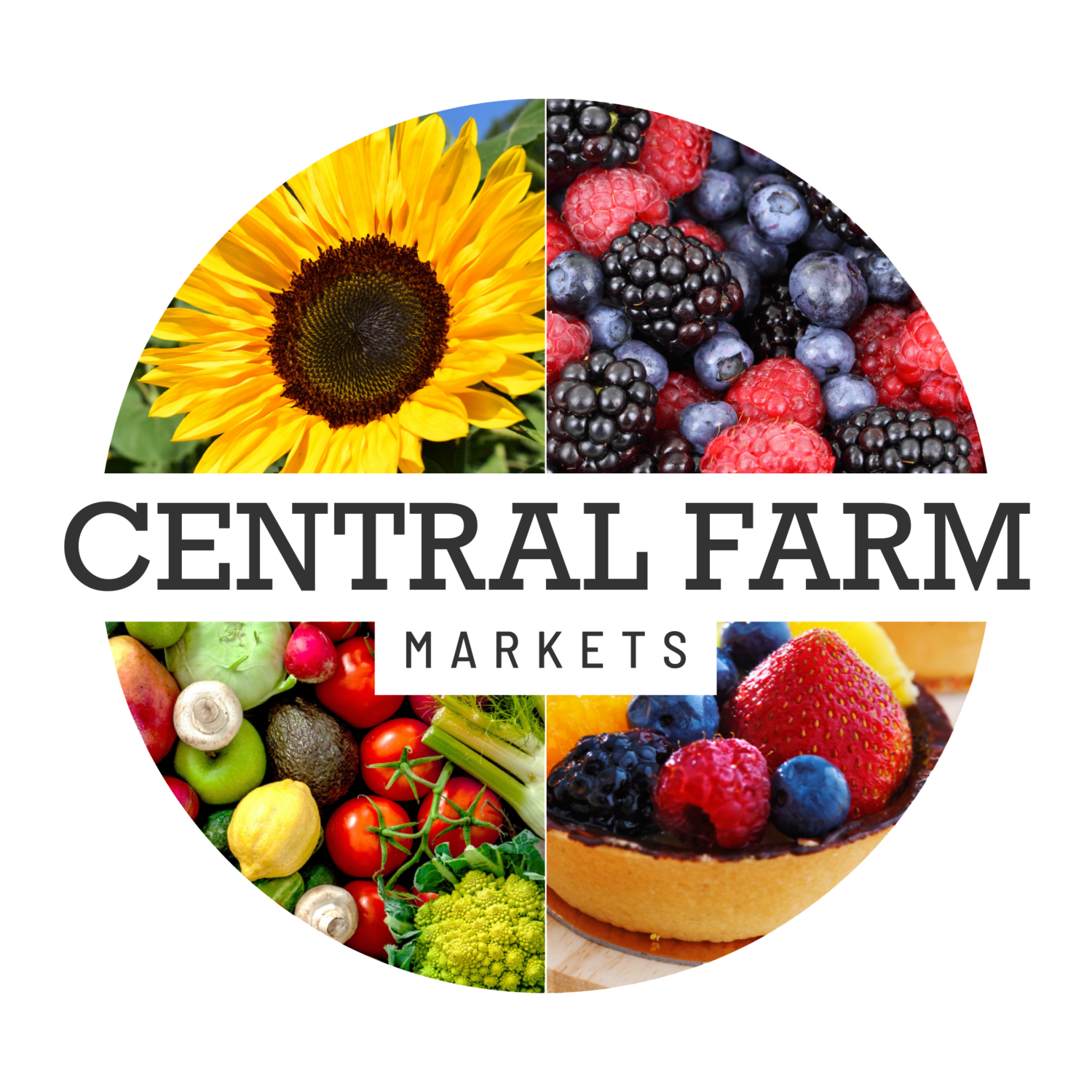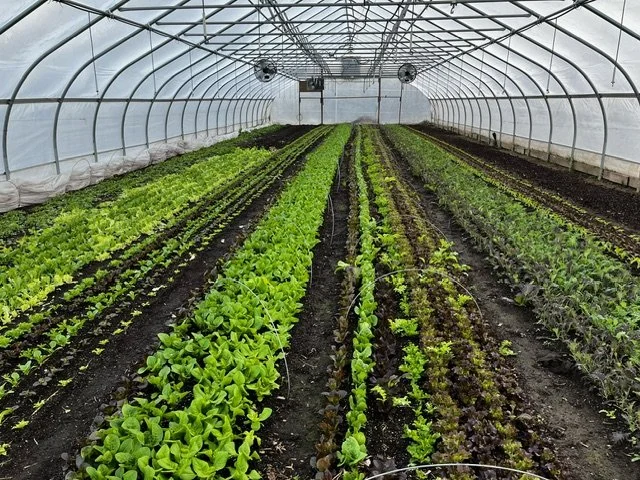Funding Fallout
The big question everyone was asking last week was not about avian influenza, but about how all the recent administrative cuts will impact our food supply. Let me tell you now, folks, it’s not gonna be pretty.
The average citizen has absolutely no clue as to how much of their tax dollars goes into keeping our food supply, stable and affordable. In the coming weeks, Dishing the Dirt will delve into explaining those things that the average eater has taken for granted. This week I am going to start with our farmers.
As with any industry, there are trade organizations that provide education, opportunities, and technical assistance. More importantly, there are government agencies, such as the United States Department of Agriculture that performs not only food safety inspections, but also critical research, and provides loans and grants to farmers to help ensure the security of our food supply.
Now I know what you're thinking right now, that only applies to industrial and large scale producers, but nothing could be further from the truth. I only need to look across the aisle at the farmers market to see where some of my tax dollars (and yours) get spent.
Thanks to the Environmental Quality Incentives Program (EQIP) through the USDA, Young Harvests Farm procured funding for a high tunnel greenhouse so they could produce more greens during the winter months. That’s not greens being trucked in from Mexico or California, as is most of the stuff you find in the grocery stores this time of year, but fresh local produce being grown approximately 60 miles away. When patrons purchase there vegetables from Rob Young they are supporting him, his family, and his workers, not some multinational conglomerate owned by shareholders who don't give a darn about sustainability, environmental impact, or quality. I have yet to see anyone standing in line to purchase organic salad greens grown in Salinas, California, that are ubiquitous throughout all the grocery stores in America. And I can guarantee that the greens from market will last a solid three weeks in the refrigerator. Try that with some store-bought salad in a plastic clamshell. You will have liquid goo by week two.
Do you know what would have happened had the EQIP Grant not have aided one of the market’s favorite farmers? Sure, they would have purchased the high tunnel on their own, incurring debt and paying interest which would have ultimately added to the cost of our food.
Rob first learned about the cost sharing EQIP program from a regional sustainable agriculture organization, but added his local NRCS office (Natural Resources Conservation Services) was extremely helpful in navigating the grant process. NRCS has been around for 80 years and is the arm of USDA that provides farmers with technical, conservation, and financial assistance along with compliance guidance.
Other farmers at the market have taken advantage of cost sharing programs for infrastructure projects to help grow their farms while at the same time protecting the environment. Ultimately, these investments in our local farms help to build a more resilient and robust food system reducing our reliability on foods that must travel thousands of miles or be imported from outside of the USA.
The USDA has partnered with many of these regional agricultural organizations to identify and assist farmers with needs that could be met by EQIP grants administrated through NRCS funded by USDA. These organizations set up programs and hired staff based upon a contract with USDA to help with funding them. But according to Hannah Smith-Brubaker, the Executive Director for the Pennsylvania Association for Sustainable Agriculture (PASA) these contracts are not being honored and are putting the programs as well as the organizations themselves in financial jeopardy. In multiple social media posts last week she wrote, “ We are getting to a near desperate situation without having been reimbursed, as we are contracted by USDA to be, for over a month.”
While projects like fencing cows out of streams and stabilizing the surrounding flood plains with riparian plantings in Pennsylvania may not appear worthy enough of now helping to fund, the watermen of the Chesapeake Bay would disagree as agricultural pollution and sediment destroy critical estuaries where the seafood they harvest for a living reproduces. Come on, people, the Maryland state icon is the Blue Crab. Who would have thought politics would come for your crab cakes. These are the types of projects that are being terminated that will ultimately have a detrimental effect upon our food supply. Quit asking yourself if you’ll be able to afford it and start asking if there will be any.
This is only a portion of the looming punch to our food system as farmers are left pondering the effects of cuts to critical research on pests, diseases, genetics, and {gasp} risks brought about by a changing climate. While you may not realize it, the impending tariffs will not only have an impact on food prices, but overall accessibility.
If you saw that bit of advice about raising your own chickens to bring down the cost of your eggs, don’t do it. As Admiral Ackbar said, “It’s a trap.”

